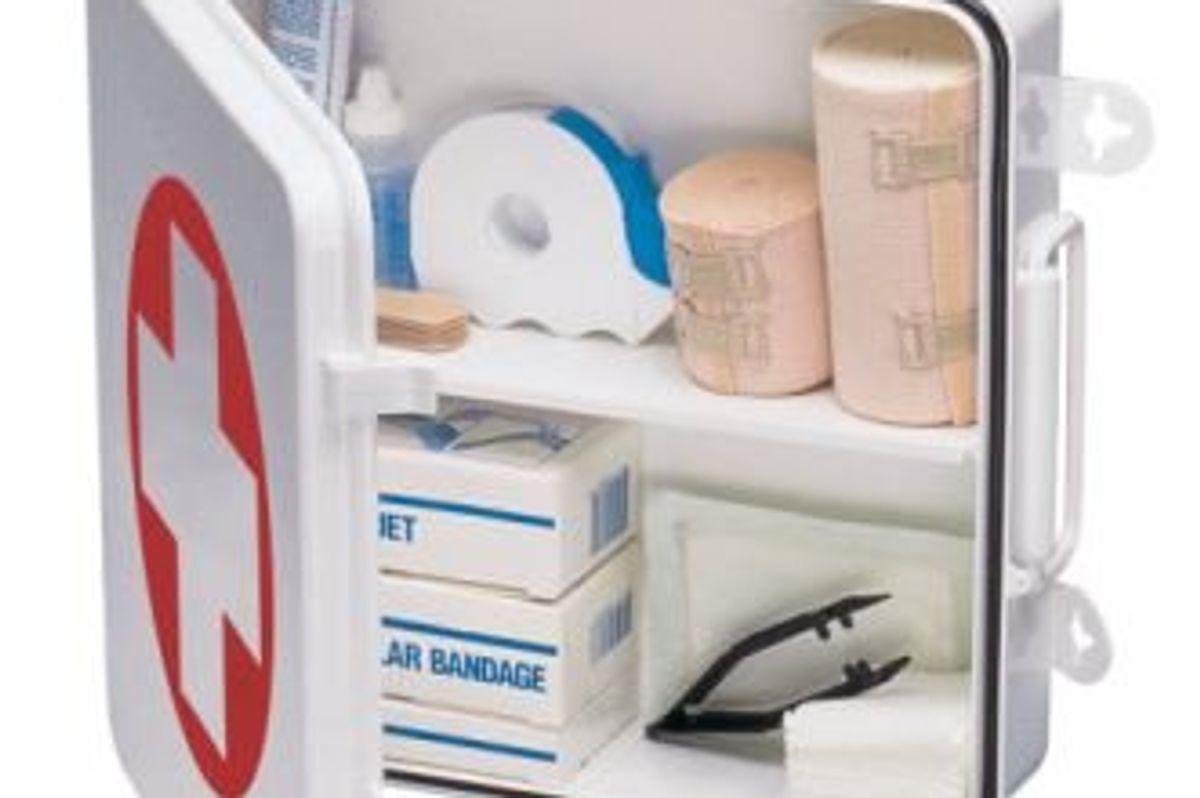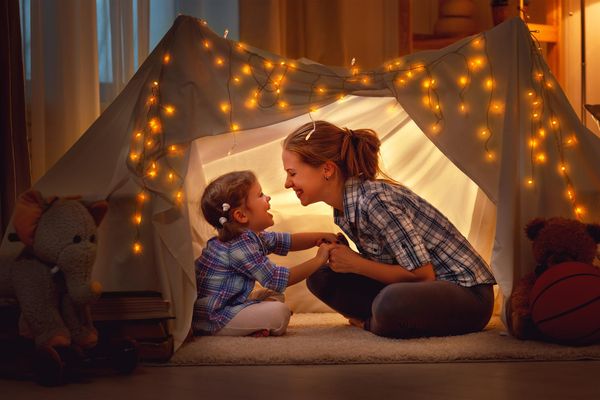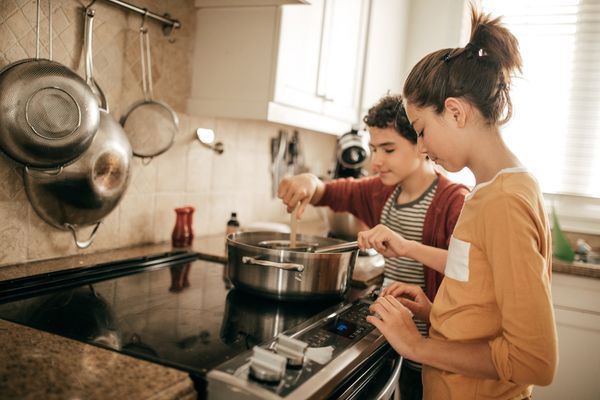We parents know that not every scraped knee or sprained ankle is an emergency. But some injuries can become more serious if you aren't prepared to treat them at home. Knowing how to treat minor injuries can make a difference in how your child heals and how he or she feels. Consider taking a first aid class, if possible, and always seek medical attention if the injury or illness could be life-threatening. But for less serious scrapes, bumps and burns, your first aid kit comes in handy, and you can take it with you as part of your disaster preparedness kit if an emergency strikes. Federal Emergency Management Agency (FEMA) recommends you keep the following first aid supplies in a kit to help stop bleeding, prevent infection and assist in decontamination:
- Two pairs of sterile gloves (avoid latex if your family has latex allergies)
- Sterile dressings to stop bleeding
- Soap and antibiotic towelettes to disinfect
- Antibiotic ointment to prevent infection
- Burn ointment to prevent infection
- Adhesive bandages in various sizes
- Eye wash solution to flush the eyes (can also be used as a general decontaminant)
- Thermometer
- Pain reliever, such as aspirin, acetaminophen, ibuprofen or naproxen
- Anti-diarrhea medication
- Antacid (for upset stomach)
- Laxative
- Prescription medications you take daily such as insulin, heart medicine and asthma inhalers (ask your doctor about storing prescription medications and be sure to check expiration dates)
- Prescribed medical supplies like glucose and blood pressure monitoring equipment
- Denture supplies, if needed
- Extra eye glasses or contact lenses and supplies, if needed
If you have a baby, be sure to include:
- Diapers
- Bottles
- Powdered milk and/or formula
- Medications
- Moist towelettes
- Diaper rash ointment
- Any medications the baby may need
Here are some additional things that you may want to include in your emergency first aid kit:
- Cell phone and charger
- Scissors
- Tweezers
- Tube of lubricant, such as petroleum jelly







